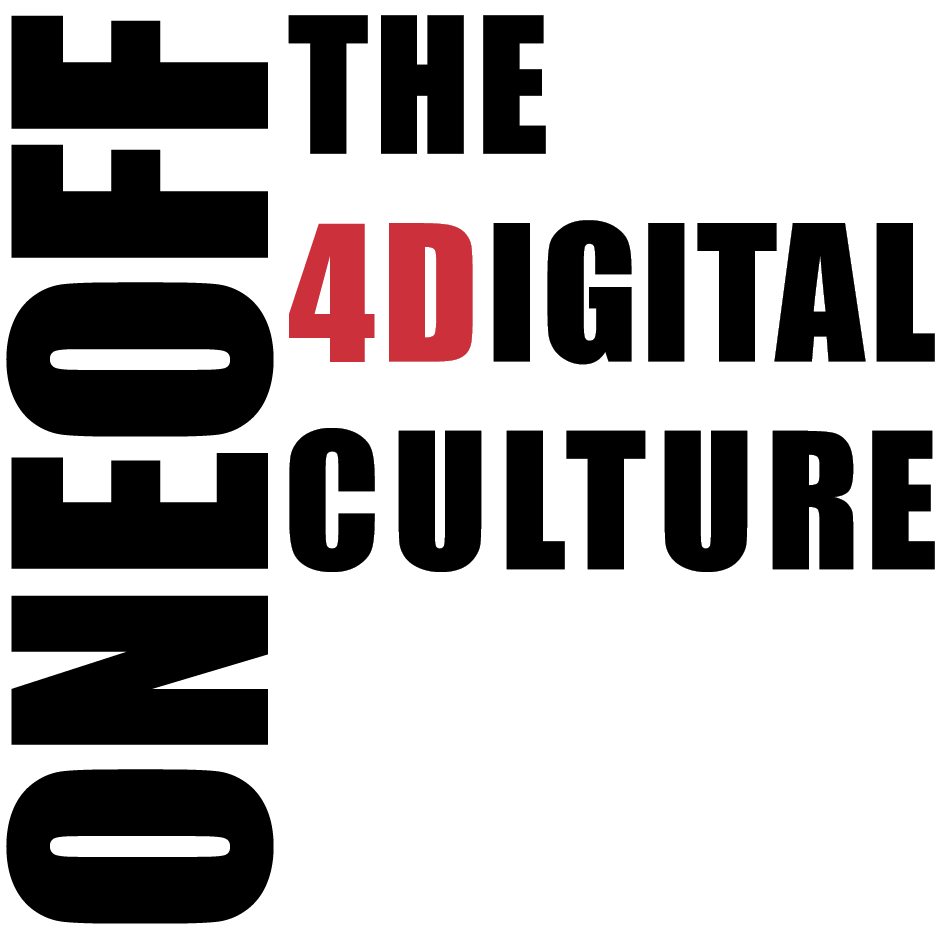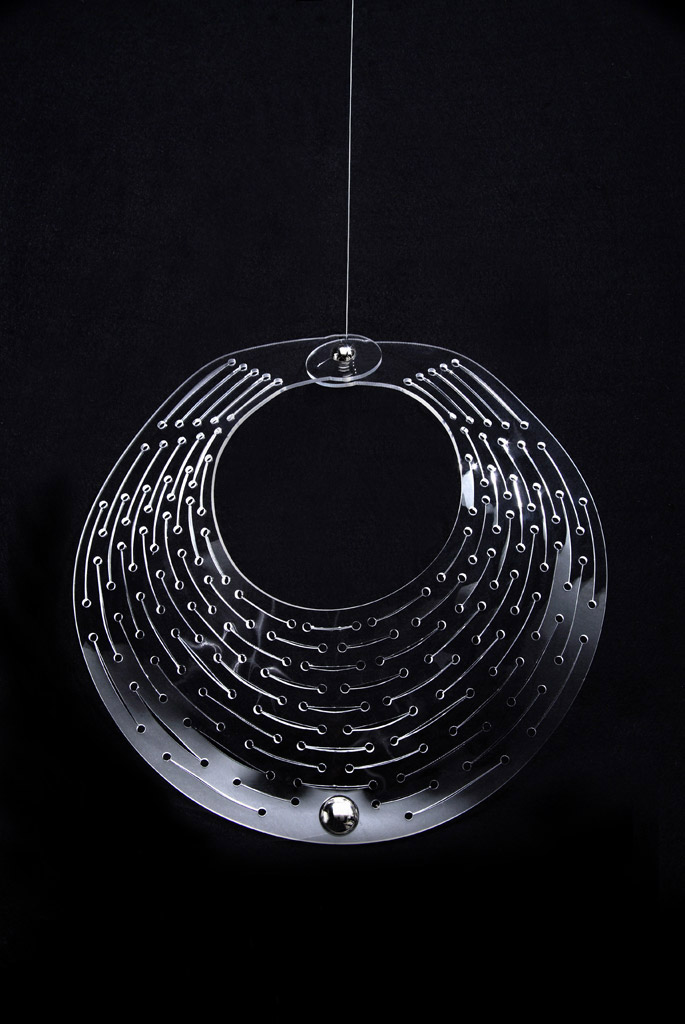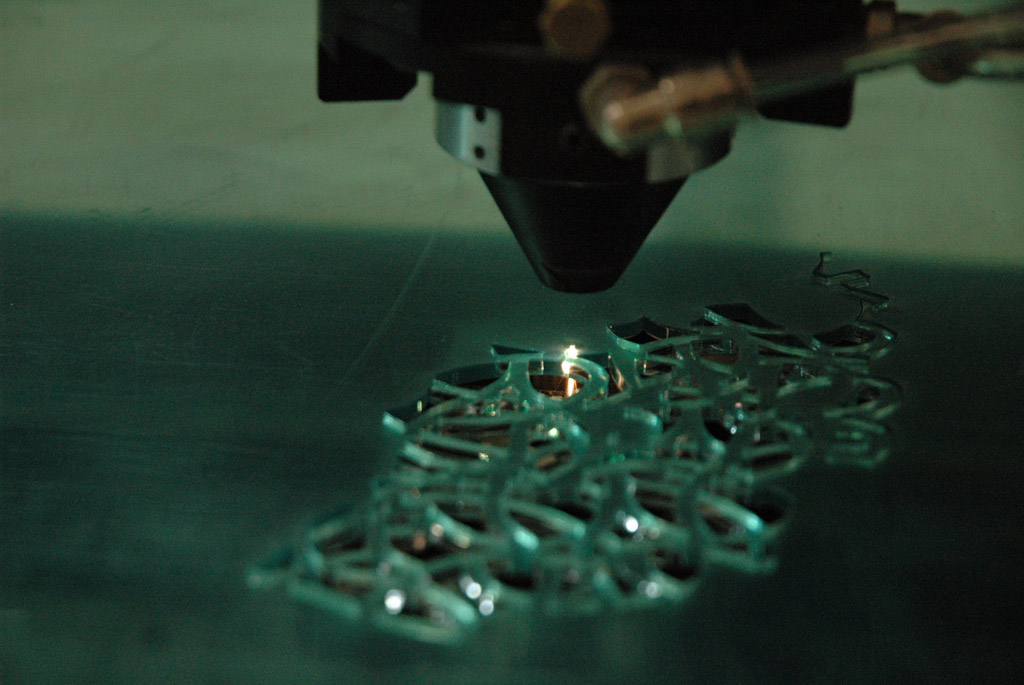Laser Cutting
ONEOFF provides the know-how and technical support for vector and raster laser cutting and engraving.
Possible applications are cutting, etching and engraving.
Management of the laser source, as for the 3D source files, is carried out with a SW CAM interface which also manages the entire process parameters including power, frequency and speed, and can import information from most of the most widely used CAD formats.
Materials used for cutting: plastic, acrylic, wood, fabric, leather, paper.
Materials used for engraving: plastic, acrylic, wood, fabric, leather, paper, stone.
Organic materials: acrylic resin, polyethylene, polypropylene, polycarbonate, natural and synthetic rubber, wool, cotton, leather, wood.
Work Area Y-X (mm): 1600x2000. Maximum thickness of the material: 4 cm.
Main advantages: narrow, parallel cutting edges, highly reduced thermal changes, absence of contact between object and tool, possibility of application on complex profiles with minimal radiuses, no mechanical distortion, cutting can be undertaken regardless of hardness of material, cutting can be undertaken even on materials with a superficial coating, can be easily integrated into automated systems with the possibility of adapting according to changes in production requirements.
Main characteristics: high cutting speed, negligible quantity of material removed / reduced production waste / laser cutting ensures a highly accurate finish with no additional sanding or polishing required on the cut edges.
ONEOFF uses a vector and raster laser cutting and engraving system, with a sealed CO2 source.
The cutting process follows the path of a vector drawing. Engraving is a process in which localised energy is emitted in order to permanently alter the surface of a given material. As in cutting, this process too is controlled by a digital file. In engraving however a raster (image) file can also be used. In this case it is the machine’s management software that determines the grey scale, to which it assigns different values of engraving intensity. The high-definition of engraving and durability in time are the primary characteristics of this application.















